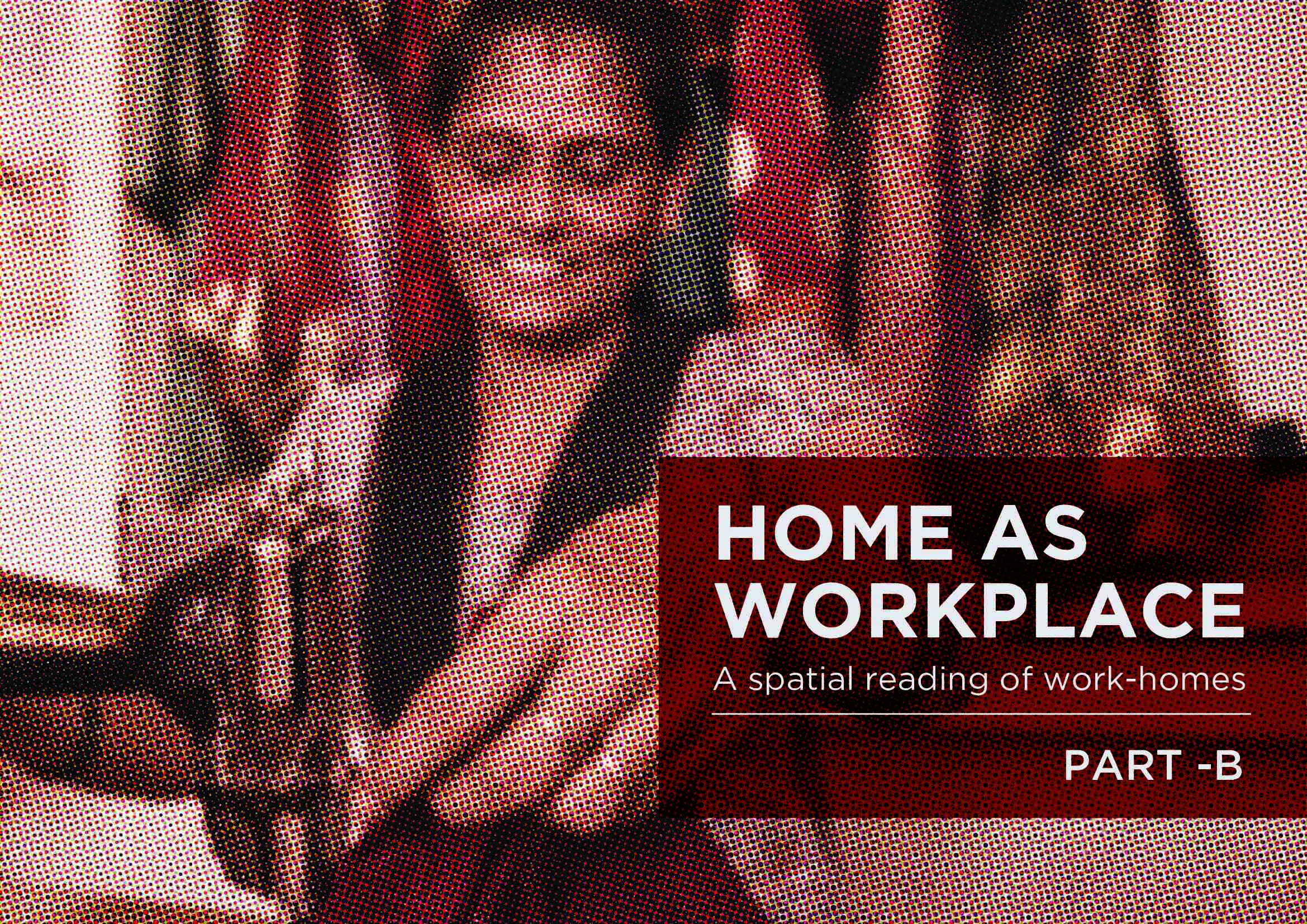Home as Workplace: A spatial reading of workhomes – Part B
When home serves as workplace, the interface of domestic and productive spheres has spatial and social effects on various users of the space, scaling at times to the neighbourhood and the city. This study looks at all the ways in which home aids work — spatially and infrastructurally — and illustrates the role of various factors and actors in engaging with and shaping the work-home boundary. Work-homes in the Global South often engage transversally with formal planning. Users of work-homes exercise their agency in complex ways to maneuver the work-home boundary, often making post-facto modifications to the work-home. The study collates a repository of spatial and temporal innovation strategies devised by users to balance domestic and productive spheres in their homes, as a site to derive lessons for planning, housing policy and architecture. It investigates the role of the state in spatially enabling or limiting work-homes, and using the Indian context as an illustrative example, suggests enabling frameworks in planning that address the spatial particularities of work-homes.
View list of all: Research Reports

